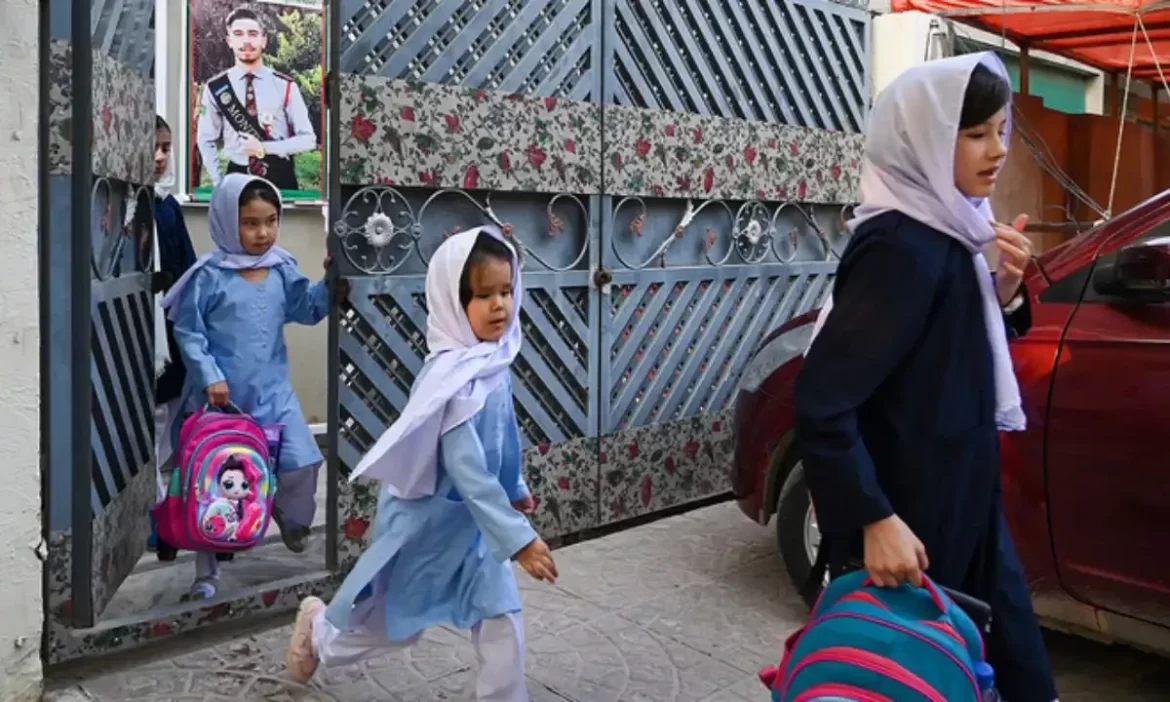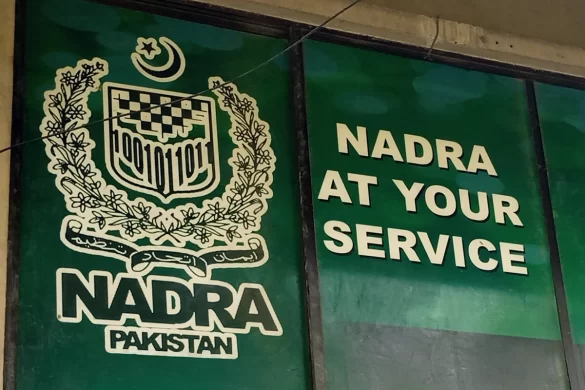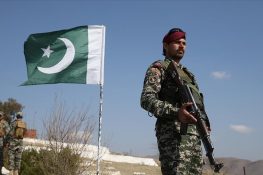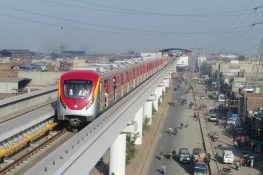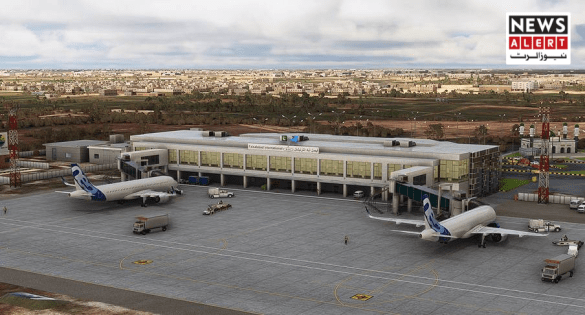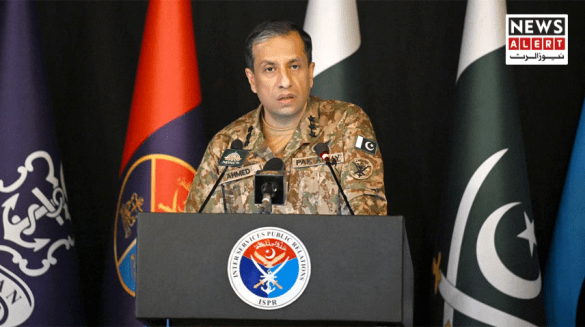A Cautious Reopening
Life in Rawalpindi began a tentative return to normal on Monday as schools and markets reopened their doors, ending a stringent four-day shutdown that had brought the twin cities of Rawalpindi and Islamabad to a standstill. The move comes as a significant relief to millions of residents who had been grappling with suspended business activities, interrupted education, and severely restricted movement following widespread protests.
The pervasive silence that had fallen over the city’s typically bustling commercial hubs was finally broken as shop shutters rolled up and citizens cautiously ventured out. The pervasive silence that had fallen over the city’s typically bustling commercial hubs was finally broken as shop shutters rolled up and citizens cautiously ventured out.
Administrative authorities confirmed that all major connecting roads between Rawalpindi and Islamabad have been reopened, re-establishing the critical transport link between the two urban centers. This reconnection is vital for the daily flow of commuters, goods, and services. However, the path to full normalcy remains incomplete. Key routes, such as the one from Murree Road to Faizabad, a major interchange, remain blocked, creating persistent traffic bottlenecks and forcing drivers to seek lengthy alternative paths.
Navigating a Patchwork of Normalcy
Across the city, the scene was one of cautious optimism mixed with frustration. Citizens observed that shops and markets located on Rawalpindi’s main arteries, such as IJP Road and Double Road, were largely operational. The familiar hustle of commercial activity provided a sense of reassurance. Despite this progress, partial barriers and security checkpoints persist at several locations, a visible reminder of the recent unrest and the continued tense security situation. The journey across the city is not yet seamless.
The restoration of mobile phone and internet services to full capacity has been a critical development. This reconnection ends a prolonged communication blackout that had isolated people, hampered business operations, and caused significant anxiety for families unable to check on loved ones. The return of digital connectivity is a cornerstone for restoring both economic activity and social cohesion. Conversely, the Metro Bus service, a primary public transport lifeline for thousands of daily commuters between Rawalpindi and Islamabad, remains suspended. This continued suspension exacerbates travel difficulties, particularly for those who rely on affordable public transit.
Transport and Traffic: A Mixed Picture
According to traffic police officials, significant progress has been made in restoring vehicular movement. Key thoroughfares, including IJP Road, Double Road, and the Expressway, are now fully accessible to traffic. Furthermore, the route from Rawalpindi to Ninth Avenue via Double Road has been reactivated, easing congestion in that corridor. These reopenings are crucial for decongesting the city and allowing the free flow of people and commerce.
Nonetheless, the continued closure of the Murree Road-Faizabad link presents a major logistical challenge. This route is a central artery, and its blockage has a cascading effect on the entire local traffic network. Commuters report longer travel times and increased frustration as they navigate a maze of open and closed roads. The situation demands patience and careful planning for anyone moving through the affected areas.
Public Sentiment and the Road Ahead
Within civic circles and among the general public, there is a palpable hope that the remaining closed routes and suspended services will be fully restored in the coming days. The partial reopening, while welcome, is seen as an interim step. The full resumption of the Metro Bus service and the unblocking of all major roads are viewed as the final milestones for a complete return to pre-shutdown conditions.
The four-day closure has inflicted a tangible economic cost on small businesses and daily wage earners. The gradual restoration of city life offers a chance to recoup some of those losses, but the memory of the shutdown underscores the city’s vulnerability to prolonged disruptions. For now, Rawalpindi moves forward cautiously, its residents adapting to a new normal while hoping for a full and unimpeded return to their daily routines.

